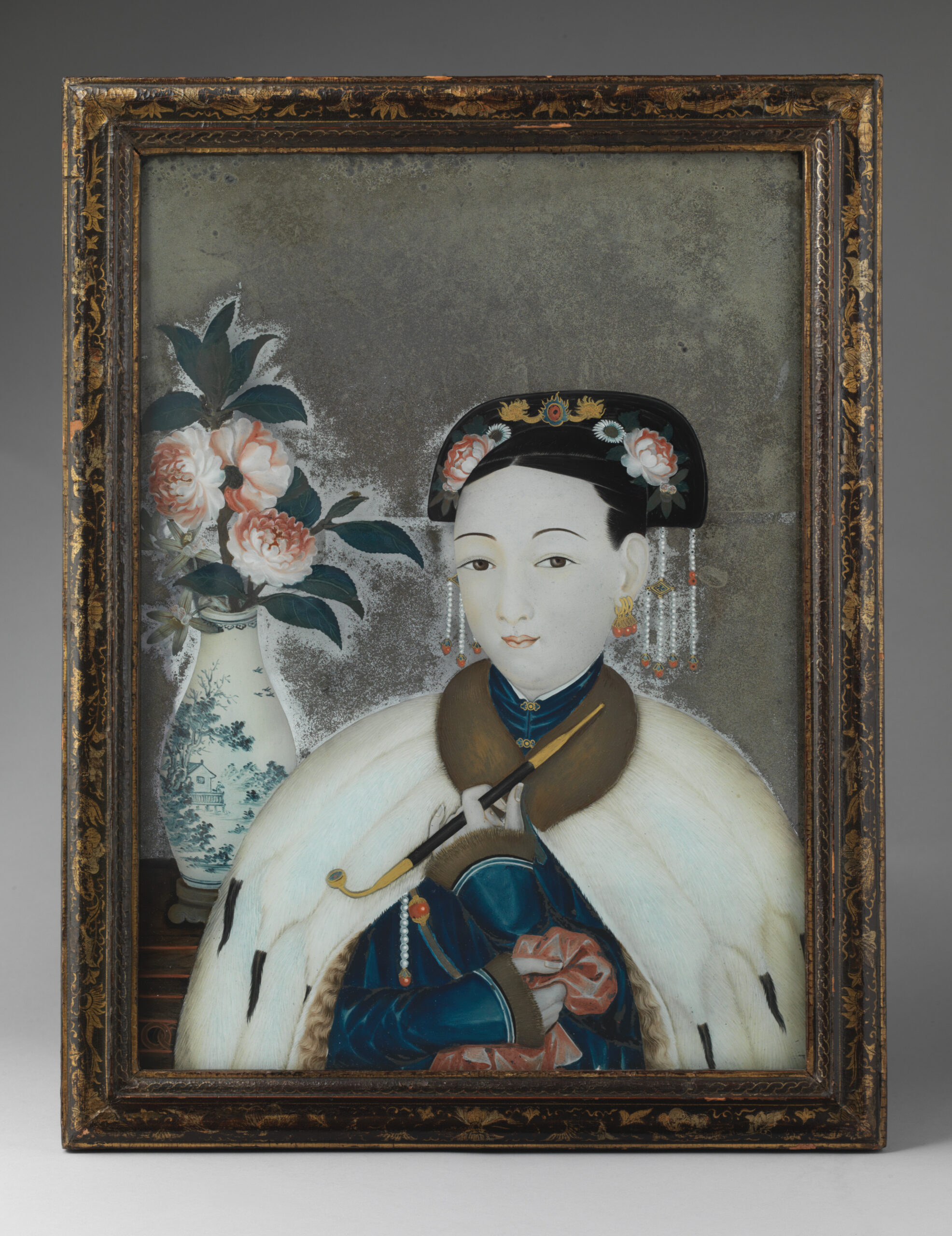Long dismissed as the pastime of idle bourgeois women — all crossed legs and porcelain teacups — fine china has long carried the weight of gendered assumptions, as frivolous, feminine and decorative. But with Monstrous Beauty: A Feminist Revision of Chinoiserie, the new exhibition at the Metropolitan Museum of Art in New York, that delicate surface has started to crack. Opening to the public on March 25 and curated by Iris Moon, historian and curator of the Met’s ceramics collection, the show brings together some 200 objects spanning five centuries — figurines, lacquered panels, paintings, vases, and contemporary installations by artists like Candice Lin, Lee Bul, Yee Soo-kyung, and Patty Chang.
At its core, Monstrous Beauty is a feminist and decolonialist excavation of chinoiserie, the ornate European decorative style that emerged in the 18th century as a Western fantasy of the East. Rooted in European longing and projection, chinoiserie was never about China — it was about how Europe wanted to see itself seeing China. Porcelain’s rise to prominence coincided with the consumer revolution, when European women stepped into new roles as collectors, consumers, and tastemakers. In the hands of women, porcelain became something more than ornamental — it became intimate. White, smooth, fragile yet prized, porcelain was both luxury object and social currency. And while its elegance charmed the drawing rooms of Europe, its symbolism disturbed. Female autonomy, newly expressed through aesthetic and material choices, triggered unease in public discourse.

Among the earliest figures to harness this agency was Mary II of England. Though she left no heir, she filled her royal chambers with Eastern ceramics, lacquered screens, and fine textiles. In Mary’s hands, porcelain was not just décor — it was power. Her collection extended her presence, her body, her rule. While French aristocracy wielded chinoiserie to reinforce absolutism, Mary made it personal, feminine, strategic.
Yet the East she surrounded herself with was never authentic. It was filtered, reconstructed, made palatable for Western taste. The idyllic pagodas and silk-clad figures were less about cultural exchange than about domesticating the exotic. Chinoiserie offered a fantasy of the foreign — elegant, safe, and thoroughly unreal.
One object in the show encapsulates this mirage: a mirror from 1760, reverse-painted with the image of a woman in a Manchu dress. She is both object and reflection, fetish and souvenir. Her gaze is fixed, passive — and yet, confrontational. She embodies the layered distortions that chinoiserie projects: a constructed femininity shaped for the viewer, not the subject. Eighteenth-century porcelain figurines — goddesses, mothers, performers, grotesques — reveal chinoiserie’s theatrical rendering of Asian femininity. Often exaggerated and unsettling, these miniature figures anticipated the modern stereotype of the docile, decorative Asian woman. The exhibition doesn’t just catalogue these figures — it interrogates them.
That interrogation continues in the work of contemporary artists like Yee Soo-kyung, whose luminous sculptures are formed from shattered porcelain fragments reassembled with gold using the kintsugi technique. These vessels, fractured and rejoined, are neither pristine nor broken. They are whole in their imperfection — a reclamation of beauty through damage.
Patty Chang’s Abyssal takes a more radical route. A raw porcelain massage table, perforated and incomplete, is designed to be submerged into the Pacific after the show closes. There, it will serve as a coral reef base — a transformation from object of physical relief to underwater monument. The piece references not only the eroded labor of Asian women working in spa industries, but also the 2021 Atlanta shootings, quietly memorializing lives made invisible by cultural and economic exploitation.
Throughout Monstrous Beauty, tea — the quintessential chinoiserie motif — steeps the narrative. Once a rare luxury, tea became a cornerstone of domestic ritual in Europe. Women, tasked with cultivating a world of civility around it, found themselves both celebrated and constrained by the aesthetic they were expected to embody. Porcelain sets, fine manners, and a curated home became symbols of refinement — and subtle tools of control.
The exhibition ends not with nostalgia but with confrontation. It looks at how the visual and cultural tropes of chinoiserie persisted into the 20th century and beyond. In American media, modern Asian women have inherited a fractured legacy — one that fuses femininity with colonial luxury, reducing identity to surface. Film and photography have long perpetuated these myths. But they’ve also begun to unravel them. Monstrous Beauty doesn’t ask viewers to discard chinoiserie. It asks them to look closer — beyond the gleam, through the cracks — and to reckon with what has been made visible, and what has been concealed.












